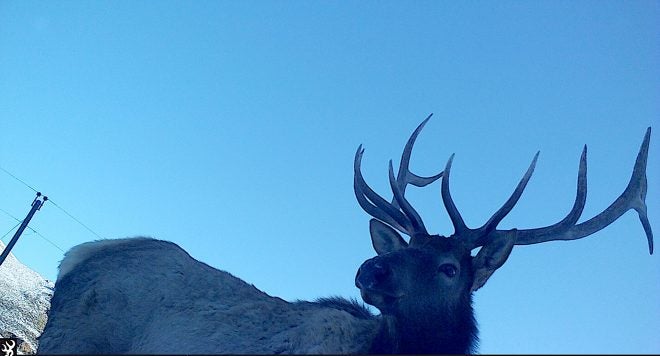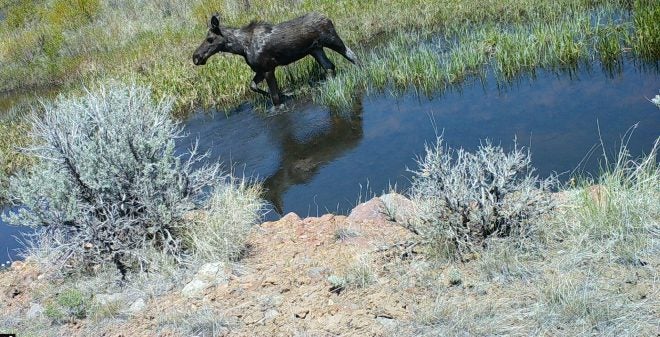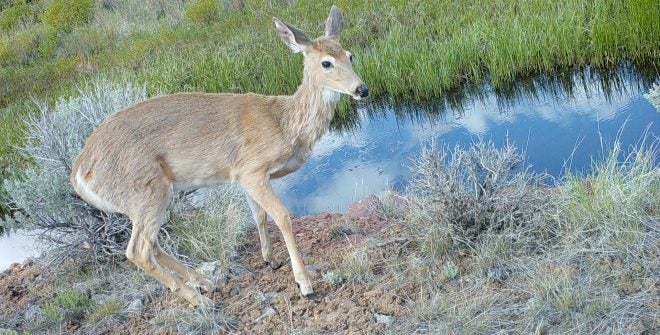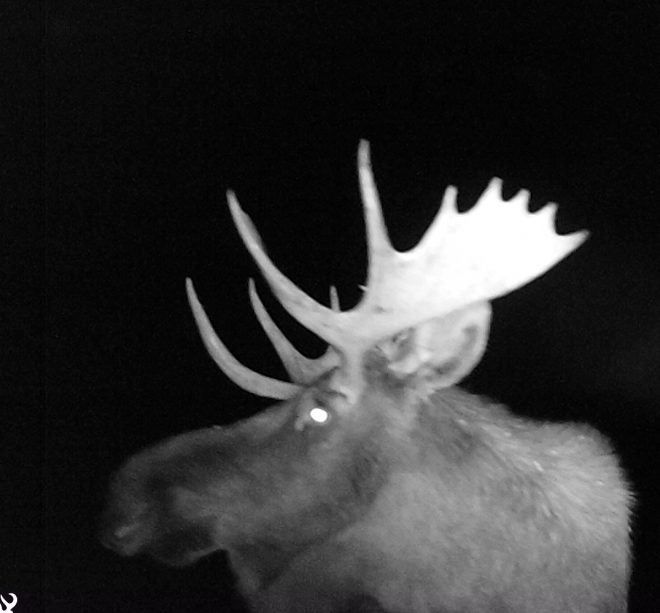Home On The Range #009: Simple Steps for Wildlife Habitat Rehab
RusDs 11.13.20
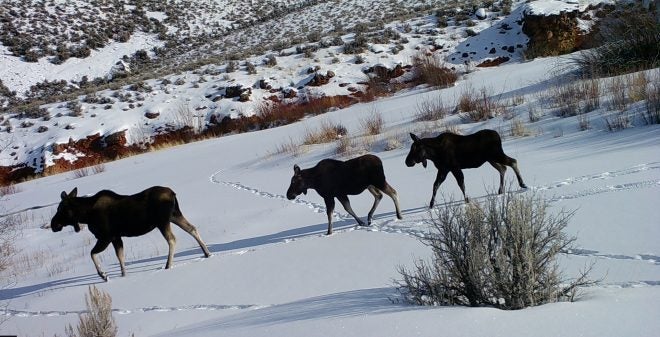
Welcome to our recurring series of “Home on the Range.” Here, we would like to share all of our experiences for those who may be homesteading, living off the land, hunting, farming, ranching, and truly investing in nature and the great outdoors. The ability to provide for yourself and your family can be tremendously rewarding and simultaneously difficult at times. So, in “Home on the Range” we want to share our different exploits so you can learn and hopefully we can receive your feedback along the way as well.
If You Have the Space, it’s Well Worth your Time
One of the main benefits to living in the great outdoors is being able to observe (and occasionally harvest) wildlife in all its glory. There are certainly steps one can do to increase the variety and frequency of wildlife, and enjoy one’s land all the more. Prior to starting up my current ag operation, I was heavily involved in rehabilitation of wildlife habitat in a riparian corridor for a number of years. While the labor involved to restore old overgrazed and neglected ranchland to a better place for the local wildlife was intense, the steps themselves were simple. Please note that while the techniques discussed herein apply primarily to a high desert river corridor environment, the overall concept can still work in many areas.
When I first took on the project, I was looking at roughly 80 acres of cacti and desiccated sagebrush on the higher elevation areas, while the lowlands were a wreck of non-native weeds and hoof pans left by open range cattle which had broken through the rotten wooden fencing around the area. Used as a ranch until the 1980s and then as rec land, the flood irrigation ditches fed by a mountain creek flowing down to a main river which flowed through the property were a total wreck.
Small Shelters Beget Big Shelters
The neglected flood irrigation systems were the key element to being able to create windbreaks so that I could plant saplings without them getting blown away by winds which ripped down the river corridor. The first and cheapest shelter plant available to me was willows. Already established along the river, the cuttings were available to me for only the price of our labor. In the spring, the new willow shoots can be cut and replanted where you need them. Using the flood irrigation ditches as a framework, we planted willow cuttings along both sides, far back enough so that the roots would not grow into the ditch, but close enough so the willows got the benefit of the irrigation. This improvement provided immediate new habitat for local birds, as well as cover and forage for ungulates in less than one growing season.
The windbreaks provided by this willow framework then allowed us to plant saplings in clusters, where we could fence them for a year or so and ensure they would not be totally stripped and eaten before they could establish themselves. The establishment fencing turned out to be a must, as I returned from hunting one day to find out some beavers had made off with 40 of these saplings that I hadn’t fenced yet, as well as having felled a bunch of larger already established trees. Once these were established, they were also used as cover and forage by ungulates and birds alike. I tried as much as I could to create roughly one acre “parks” bordered by these trees for the ungulates, and the whitetail especially seemed to take to them. Raptors would end up using these areas as stationary perches from which to hunt in the surrounding sagebrush scrub as well.
Keep out What you Don’t Want so you can Grow What you Do Want
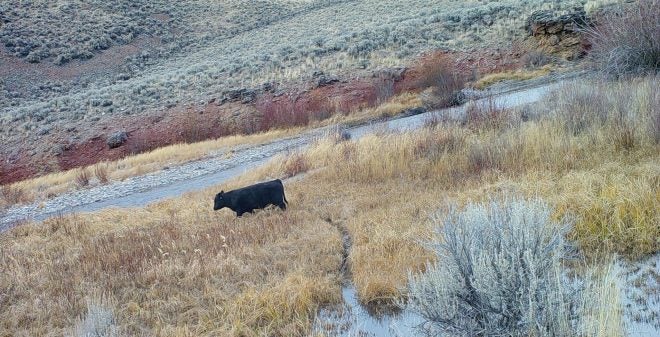

The main reason that the land needed rehabbing was that there were so many open range cattle grazing in the river corridor for roughly half the year. These cattle were creating hoofpans and grazing most everything down to the nub. By fixing the old rotten wooden fencing, I was able to keep the cattle out, while still allowing deer, elk and moose over the fence, and pronghorn under the fence. This allowed me to then overseed as much as I could each year with a low-cost high altitude native rangeland perennial mix, primarily consisting of native grasses and rushes. Boosted a bit by flood irrigation, this mix also took root well in areas that were only irrigated by seasonal snowmelt and rain. This provided further improvement in forage, especially for the whitetail deer that stick mostly to the river in this area.
A Measure of Success
After only one year of rehab work, we began to see immediate results in bird activity and the variety of birds that would frequent the ranch. After about two years of rehab work, I began to see a noticeable increase in variety, frequency, and duration of large mammal activity. If you have the time to do so, I highly recommend looking into doing some wildlife habitat rehab on one’s land. It can increase one’s enjoyment of the great outdoors all the more!
